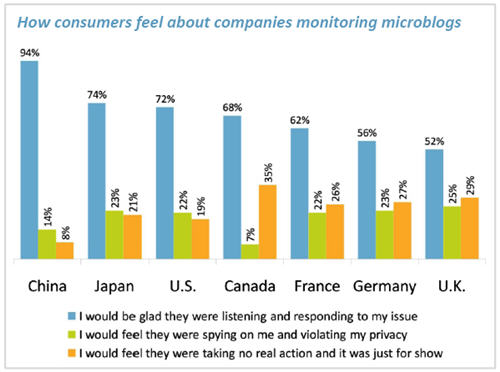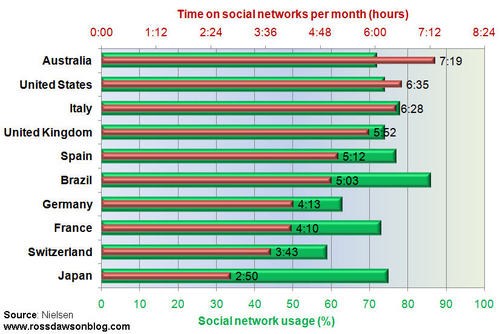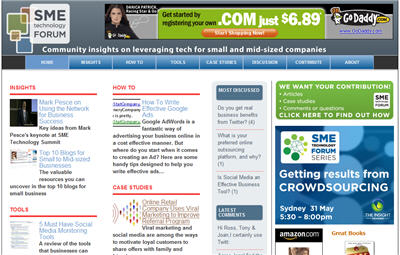Breaking: Facebook bans doll nipples on profile images
My wife Victoria Buckley just received a message from Facebook asking her to change the profile image on the Victoria Buckley Jewellery Facebook page, threatening to close the page as it did not conform to its ‘terms and conditions’.
Presumably the were referring to condition3. 7. You will not post content that…contains nudity…. referring to the profile image of a beautiful doll touching one of Victoria’s rings.
Above is the offensive image. If you go to the Victoria Buckley Jewellery Facebook page you will now see a censored image so she doesn’t get banned, along with her close to 1,000 fans. (Though if you click through to the Photos page and the Ophelia Enchanted Doll collection you can see more stunning images of the doll).







